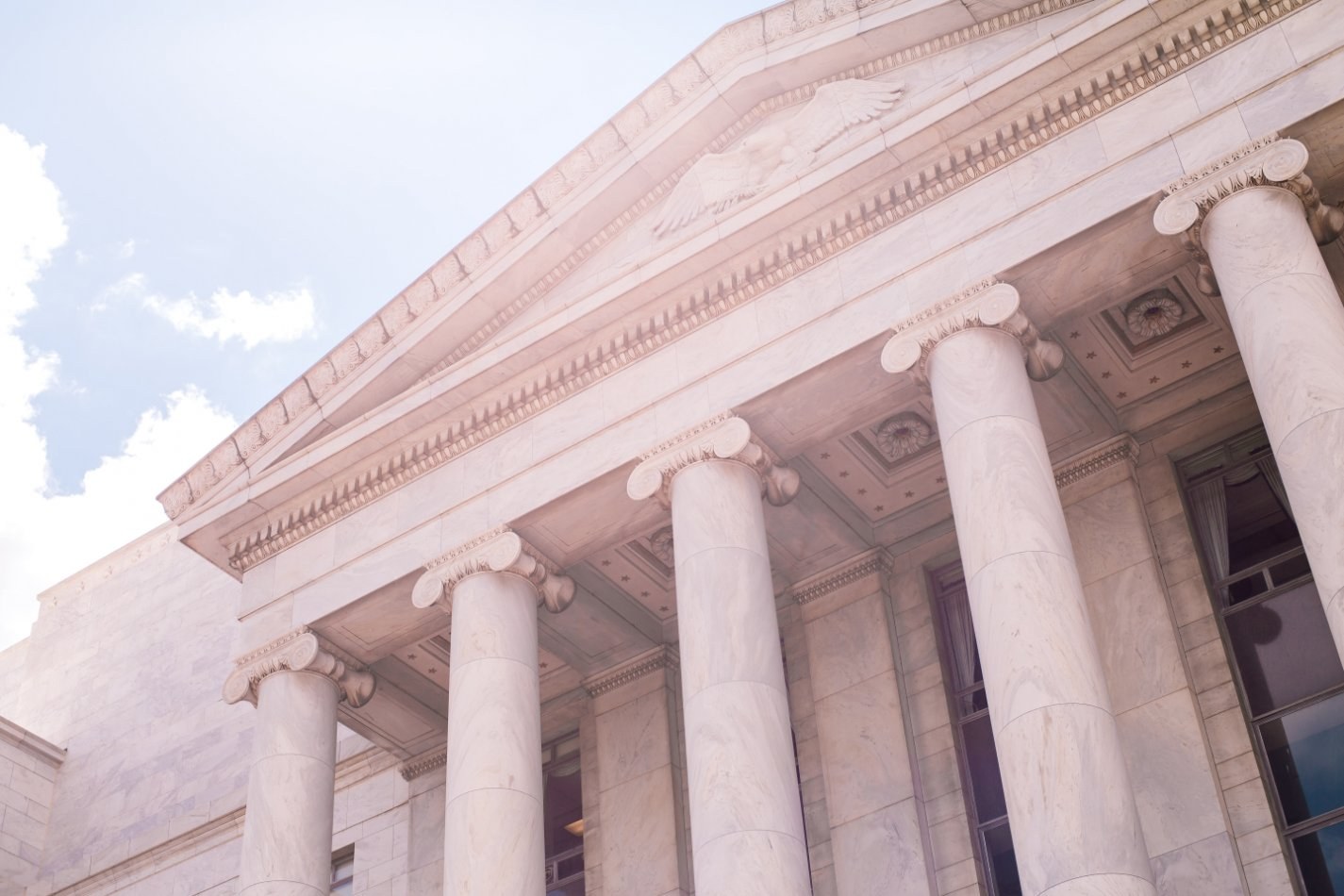
A G&A Series: Navigating the Complex Labor Law Landscape
This 3-part labor law series from G&A will cover:
- Part 1: The U.S. Department of Labor
- Part 2: The National Labor Relations Board (NLRB)
- Part 3: The Equal Employment Opportunity Commission (EEOC)
Part 1 —
Labor law compliance plays a significant role in creating a healthy, thriving work environment for your employees, but it can also be a confusing and complex landscape to navigate.
It’s no small feat for business owners to comply with the numerous laws and regulations that govern employment practices, safe working conditions and how employees (and job candidates) must be treated in today’s workplace. But if you don’t comply with labor law—or inadvertently adopt unfair practices—you could face serious consequences.
More often than not, noncompliance results from a business owner not understanding or being aware of a particular regulation or the consequences that could result from its violation.
— Lisa Bauer, G&A Partners’ Director of Compliance Services
“Companies accused of violating laws or regulations can be subjected to governmental scrutiny, costly claims, and even lawsuits, so it’s in their best interest to stay on top of labor law.”
Three federal agencies are responsible for enforcing the lion’s share of regulations that pertain to U.S. businesses:
- U.S. Department of Labor (DOL)
- National Labor Relations Board (NLRB)
- Equal Employment Opportunity Commission (EEOC)
As you become more familiar with the role these agencies play in governing labor relations, the laws they enforce, and how to maintain compliance, you can improve employee relations and steer clear of costly financial and reputational penalties.
Download our checklist on “Preparing for a Department of Labor Audit” to ensure you’re ready for an audit if the DOL comes calling.
U.S. Department of Labor: Administering Labor Laws That Safeguard Employees’ Rights and the Work Environment
The Department of Labor is a massive umbrella agency that was created on the last day of U.S. President William Howard Taft's presidency in 1913. According to the DOL, today the Secretary of Labor oversees 28 federal agencies and offices that work in tandem to:
- Promote and develop the welfare of the wage earners, job seekers, and retirees of the United States
- Improve working conditions
- Advance opportunities for profitable employment
- Assure work-related benefits and rights
The DOL administers and enforces more than 180 federal laws that affect 150 million workers and 10 million workplaces. Though employers should be familiar with all relevant DOL regulations, the laws enforced by the Occupational Safety and Health Administration (OSHA) and Wage and Hour Division (WHD) (two of the agencies under the DOL’s umbrella) have far-reaching impacts on most U.S. companies.

Workplace Safety: Occupational Safety and Health Administration (OSHA)
When you think safety on the job, think OSHA, which enforces the federal government's Occupational Safety and Health Act (OSH Act). The agency's charge is to inspect and enforce workplace safety standards, implement safety education and training programs, and ensure that employers maintain a safe and healthy work environment.
Most private-sector employers are covered under the OSH Act. Self-employed workers are usually covered under state plans, and some industries are regulated by specific federal agencies, such as the Mine Safety and Health Administration.
According to the OSH Act, employees have the right to:
- A safe workplace
- Raise a safety or health concern—or report a workplace injury or illness—to their employer or OSHA without fear of retaliation
- Receive information and training on job hazards
- Request an OSHA inspection of their workplace
- File a complaint with OSHA in the event of retaliation
- See any OSHA citations issued to their employer
Inspections can happen anytime, and to remain in compliance with the OSH Act, employers must:
- Review current regulations to make sure you are implementing OSHA's required safety and reporting measures to provide a safe workplace free from known hazards.
- Maintain an annual log of recordable workplace injuries and illnesses on OSHA Form 300 and retain the record for five years. This requirement applies to most employers with more than 10 employees that are not on the excepted industry list.
- Report all work-related fatalities within eight hours and severe injuries within 24 hours.
- Provide required training to all workers in a language and vocabulary they can understand.
- Prominently display OSHA's "Job Safety and Health: It's The Law" poster in the workplace. Employers can download a free copy of the required poster from OSHA.
- Post OSHA citations at or near the site of alleged violations.
- Be aware of enforcement policies related to COVID-19.
In addition to the requirements above, G&A's team of workplace safety experts also recommend incorporating the following practices into your standard workplace safety procedures.

Labor Protections: The Wage and Hour Division (WHD)
The DOL's Wage and Hour Division (WHD) enforces federal laws governing wages, overtime pay, child labor requirements, and several employment standards and worker protections, including those designed to protect and enhance worker welfare during the COVID-19 pandemic.
The Fair Labor Standards Act (FLSA) is one of the most critical laws for employers to grasp. It sets minimum wage and overtime pay standards, outlines employee recordkeeping requirements, and establishes child labor regulations. The FLSA applies to employees of companies who engage in interstate commerce, manufacture, or produce goods for interstate commerce, or sell, handle, or work on materials moved in or produced for interstate commerce. In addition, the Equal Pay Act of 1963 (EPA) amended the FLSA to make it illegal to pay different wages to men and women if they perform equal work in the same workplace or retaliate against them.
To remain compliant, your business should adhere to these FLSA requirements:
- Minimum Wage and Overtime: The FSLA requires employers to pay employees who are not exempt from minimum wage provisions an hourly wage of no less than $7.25 per hour, although this rate varies from state to state. Overtime is generally at time-and-a-half when an employee works more than 40 hours in a seven-day workweek.
- Exempt vs. Non-exempt Employees: Non-exempt employees are covered by FLSA, but exempt employees are not. What does this mean? Employees paid on a salary basis are generally exempt from overtime and minimum wage provisions. Some employees are exempt from the minimum wage regulations but not the overtime regulations or vice versa. Find more information on the Department of Labor website.
- Child Labor Regulations: The minimum age for most non-agricultural work is 14 years old, except for jobs like babysitting, delivering newspapers, and performing in radio, TV, or theatrical productions. Employees between the ages of 14 and 15 also have special provisions regarding what kind of hours they can work. Employers may pay employees under the age of 20 a special minimum wage of $4.25 per hour during the first 90 days of employment.
- Record-keeping Requirements: Employers covered under FLSA regulations are required to keep and maintain employee records with information including: employee name and social security number (or other identifying number used in payroll records); address; occupation; regular pay rate; and more.
Employees covered under the FLSA have the right to file a complaint or initiate legal action against an employer they feel has violated the regulations.
Additional laws enforced by the WLD that you need to know include:
- The Family and Medical Leave Act (FMLA) provides eligible employees up to 12 weeks of unpaid, job-protected leave for specific family and medical reasons.
- The wage garnishment provisions of the Consumer Credit Protection Act (CCPA), which protects employees from discharge by their employers because their wages have been garnished. It also limits how much of an employee's earnings may be garnished.
How G&A Can Help
G&A Partners offers you access to a team of HR regulatory experts who can help ensure you remain in compliance with all federal and state regulations. For more information on how outsourcing your HR to G&A can help you reduce your risk and get time back to grow your business, schedule a consultation with one of our trusted business advisors.



